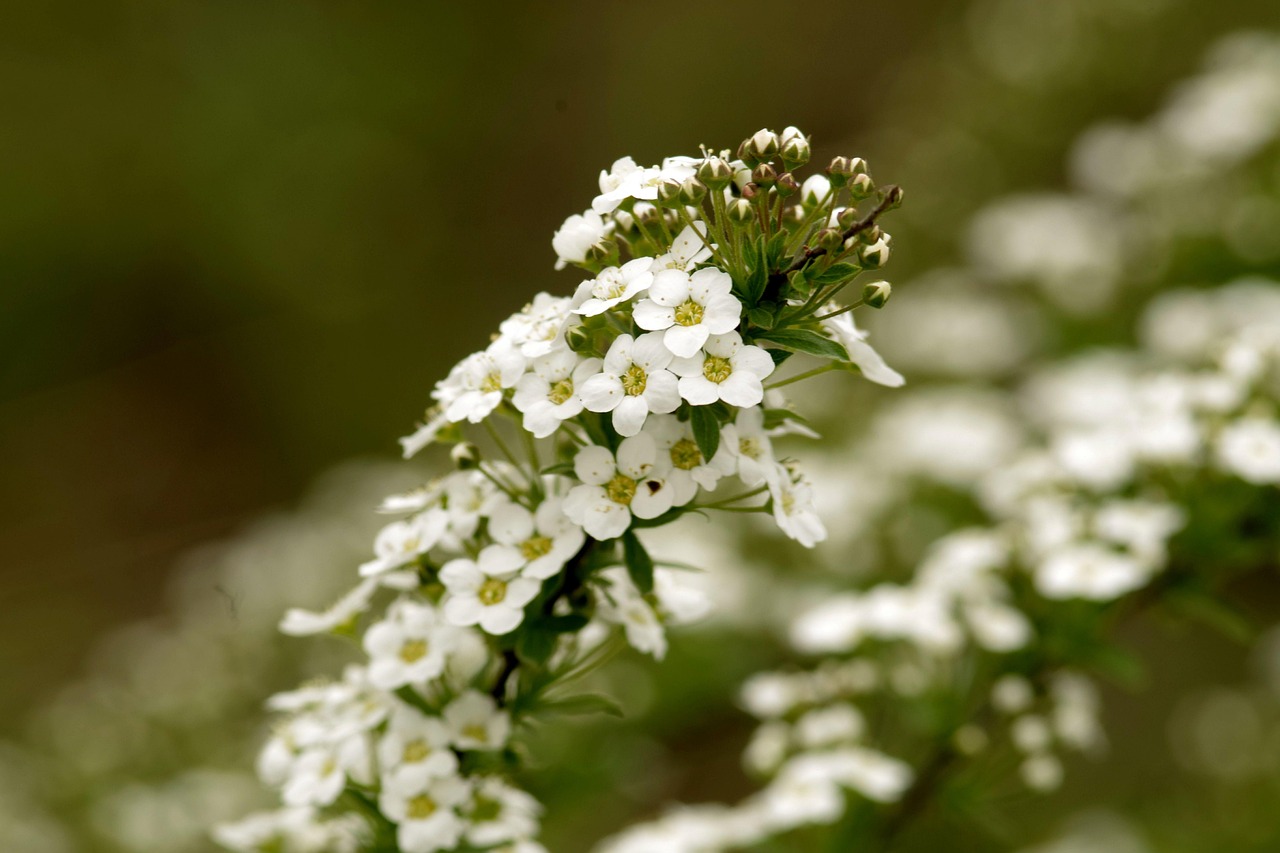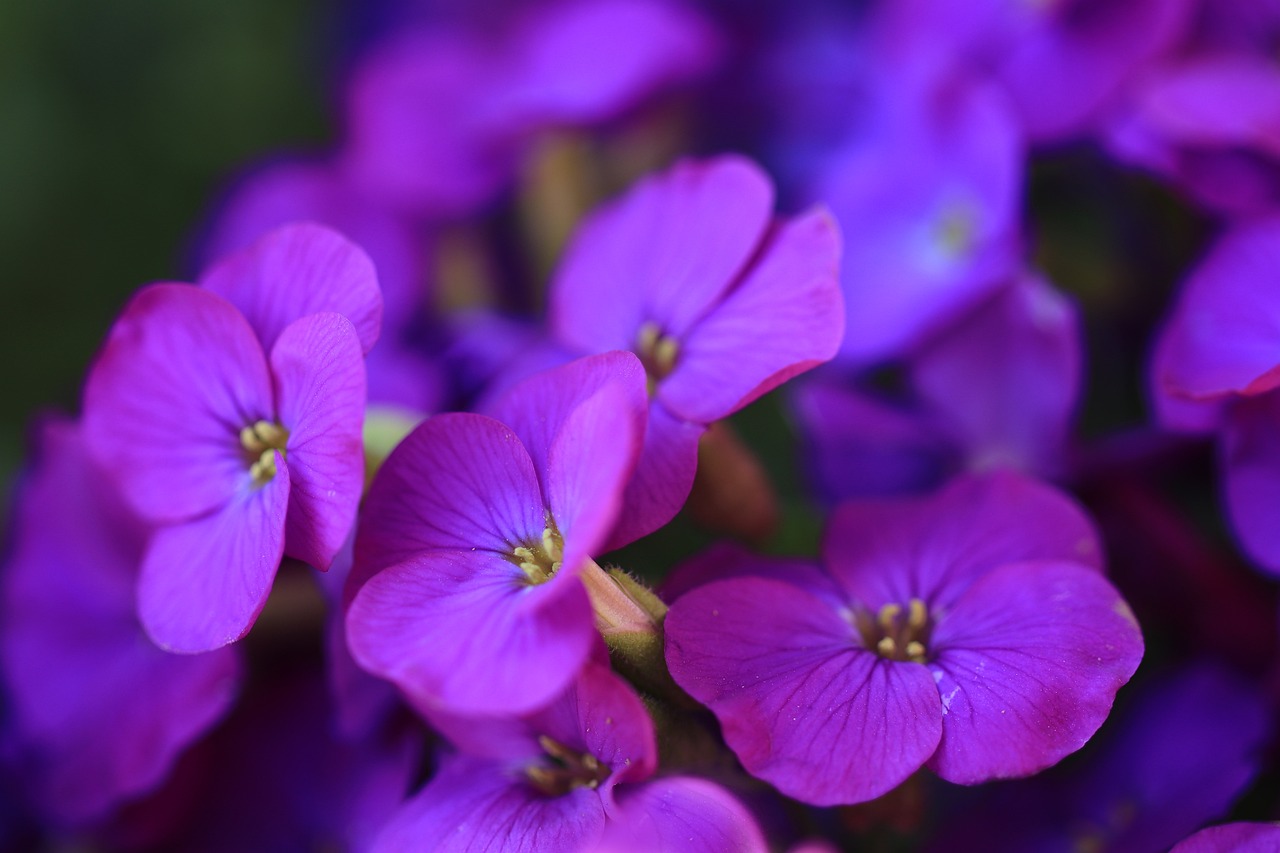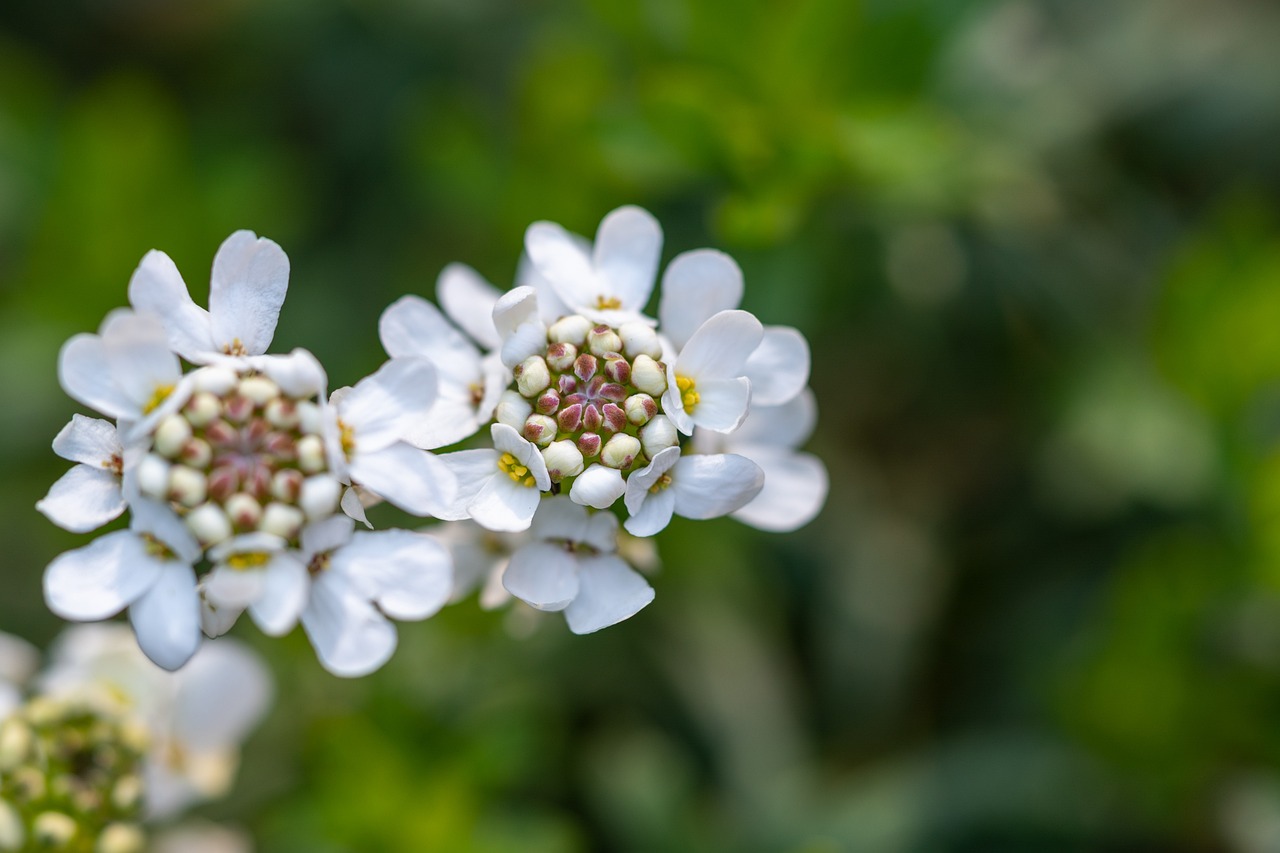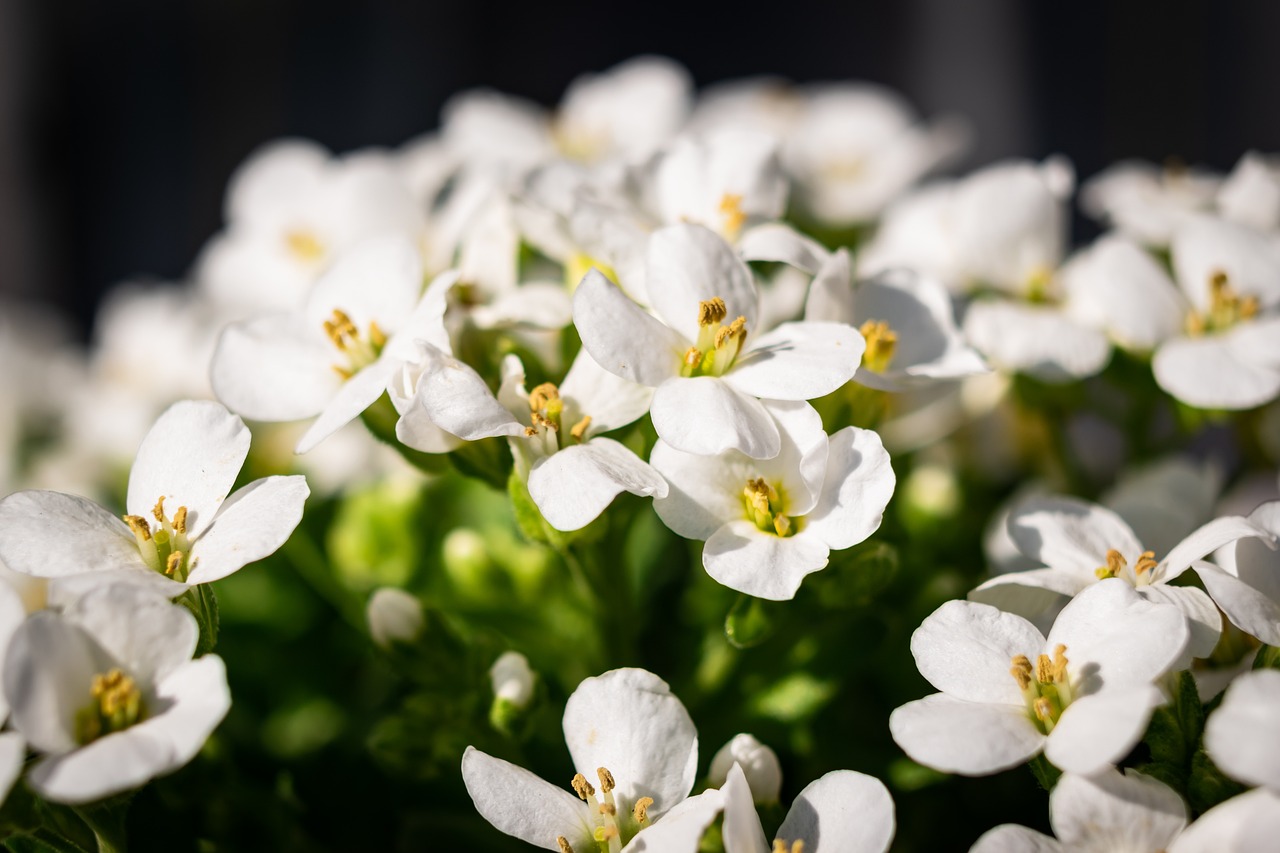Erysimum | The Vibrant Flower that Adorns Europe’s Stone Walls
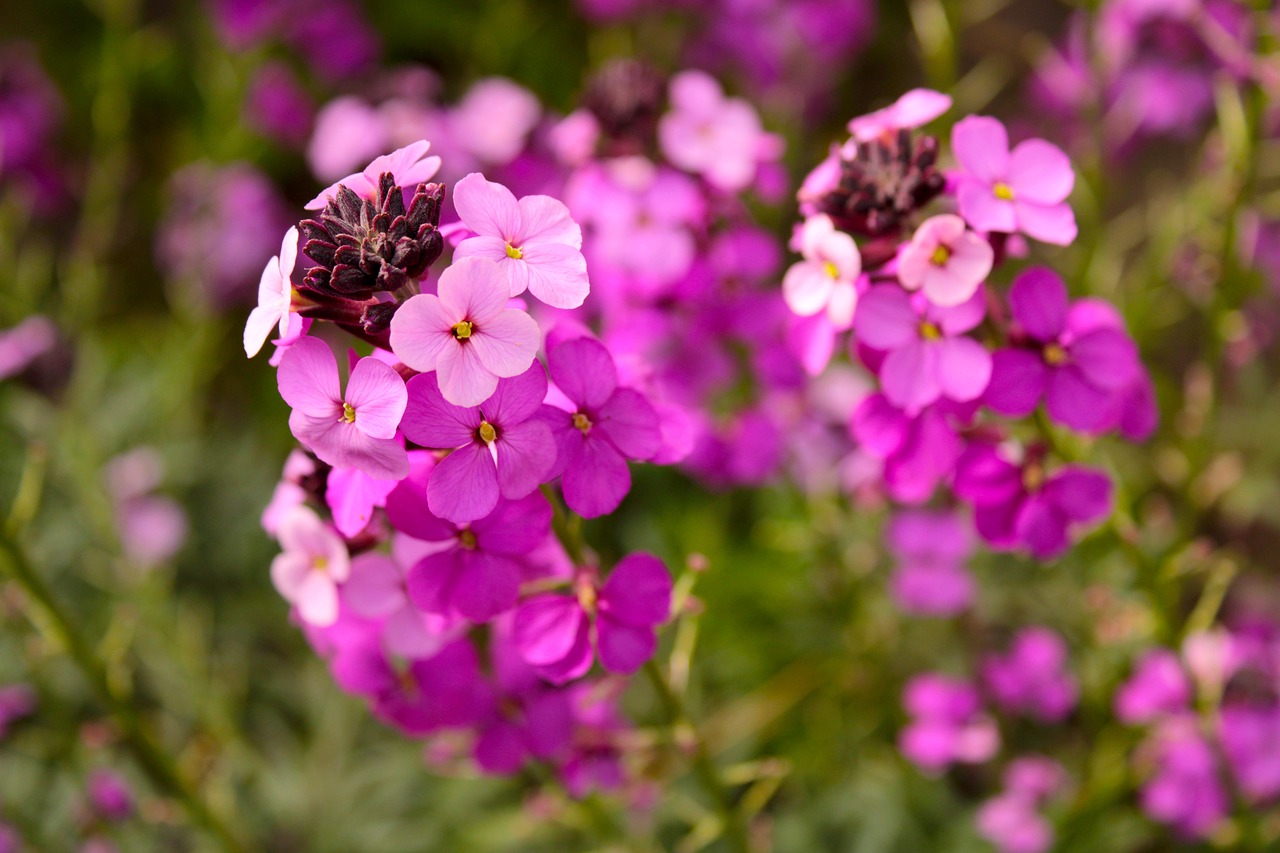
Erysimum is a perennial or annual plant that produces clusters of colorful, small flowers, brightening gardens with its charm. Thanks to its vivid hues and hardy nature, it is cherished worldwide both in garden beds and as a potted plant.
In this article, I will provide detailed insights into the basic information, cultural background, historical anecdotes, and cultivation methods of Erysimum.
Basic Information
- Scientific name: Erysimum
- Family: Brassicaceae
- Origin: Europe, Asia, North Africa
- Appearance: Erysimum blooms in clusters of small flowers in vivid shades of orange, yellow, purple, and red. It grows 30–60 cm tall with upright stems and narrow leaves. One of its most notable features is its long flowering period, bringing bright colors to the garden from spring to early summer.
- Blooming season: From March to June, with the possibility of an extended display in mild climates.
Cultural Characteristics Worldwide

Erysimum, known for its striking colors and fragrance, has long been beloved in European gardening traditions.
In the United Kingdom, it is often referred to as “wallflower” and is commonly planted along garden edges or near stone walls.
Within traditional cottage gardens, Erysimum harmonizes with other plants, contributing to a natural and rustic atmosphere.
The flower carries symbolic meanings such as “faithfulness” and “affection,” making it a representation of human relationships and friendship.
Blooming in early spring, it is also regarded as a symbol of new beginnings after the cold season.
Historical Anecdotes
Erysimum has fascinated people since ancient times with its bright colors and fragrance.
During the Middle Ages, it was grown in monastery gardens for ornamental and religious purposes. At the time, it was even referred to as the “flower of God,” symbolizing hope and resurrection through its radiant blossoms and prolonged flowering.
It was also admired in the gardens of European nobility. In the Renaissance era, Erysimum became a favored element in courtly garden design.
Among Italian and French aristocrats, its delightful fragrance established it as one of the emblematic plants of elegant gardens.
Gardening Advice

Erysimum is a hardy and easy-to-grow plant, making it suitable even for beginners. It prefers sunny locations but also grows in partial shade.
The ideal soil is well-drained yet moderately moist. Watering should be done once the surface soil dries, avoiding overwatering.
Applying fertilizer in early spring will encourage abundant blooms. Removing spent flowers promotes continuous flowering.
In perennial varieties, the aerial parts may die back in winter, but new shoots will sprout again the following spring if the roots survive.
Erysimum is also excellent as a companion plant, harmonizing beautifully with other flowers and herbs.
Thanks to its cold resistance, it can be cultivated relatively easily even in colder regions.
Conclusion
Erysimum, with its vivid colors, fragrance, and resilience, is a plant that can be enjoyed by both beginner and experienced gardeners.
Deeply connected with European culture and history, it brings brightness and charm to gardens and pots alike. I encourage you to incorporate this flower into your garden to enhance the scenery from spring to early summer.

